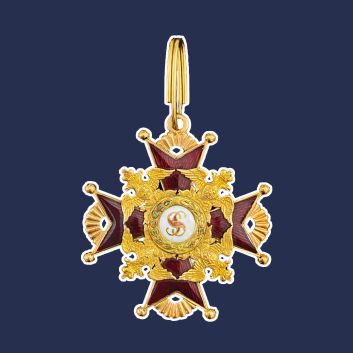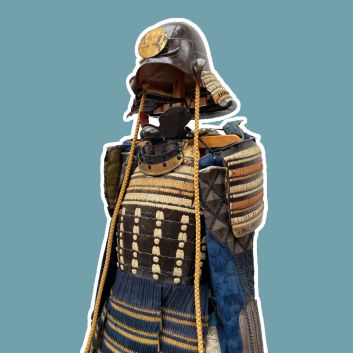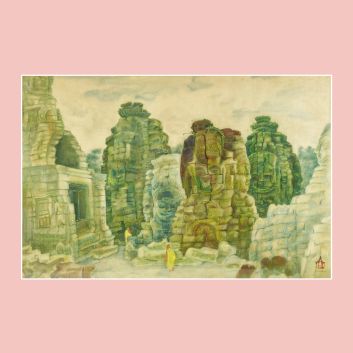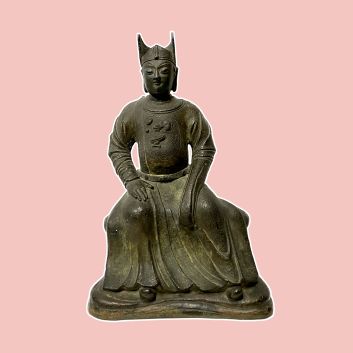Value and rating of Japanese swords: katanas, wakizashi, tanto
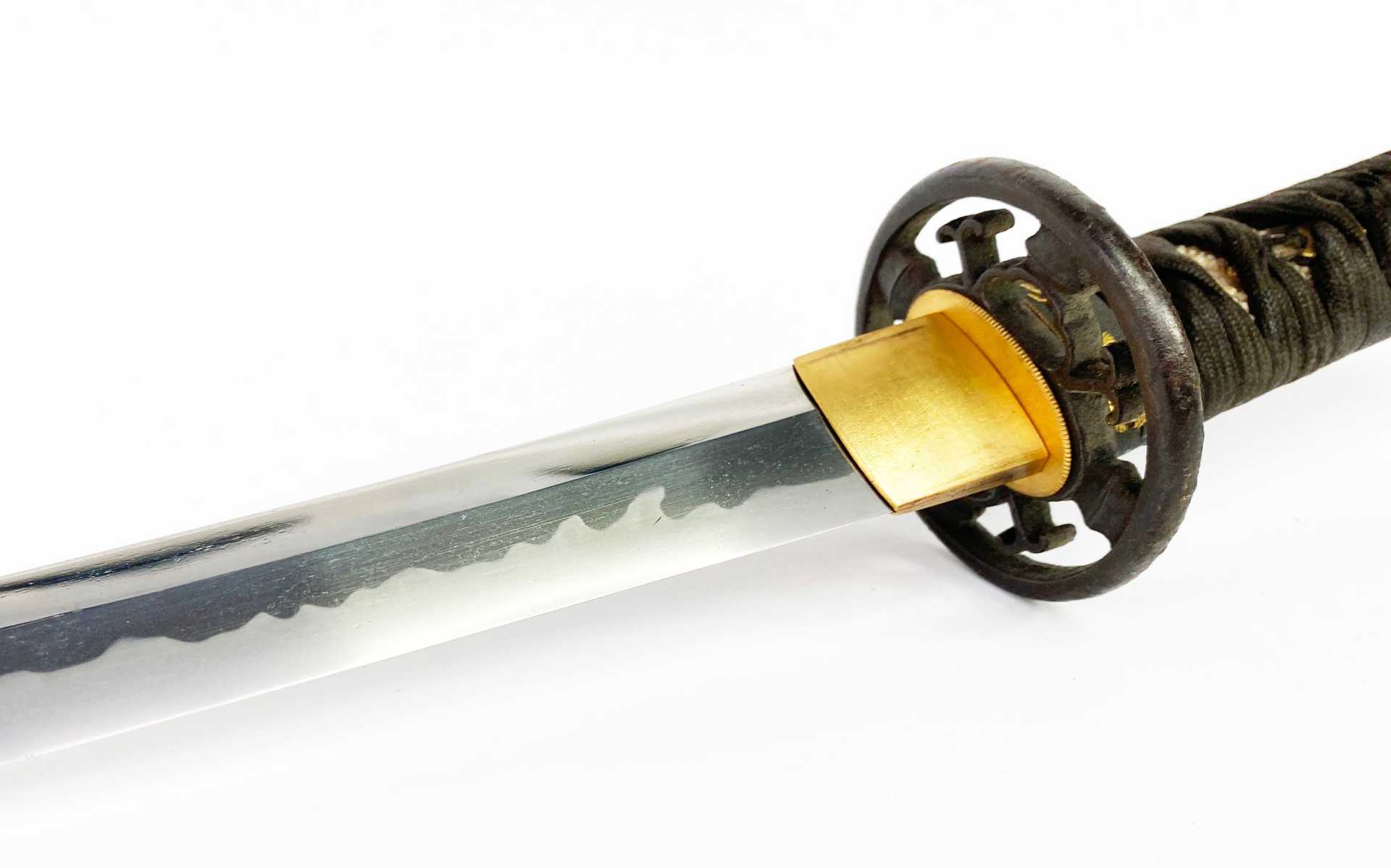
If you own a Japanese sword and would like to know its value, or if you don't know the period and model of the weapon, our state-approved experts and auctioneers can offer you their expert appraisal services.
Our specialists will carry out a free appraisal of your weapon, and provide you with a precise estimate of its value on today's market.
Then, if you want to sell your item, we'll point you in the right direction to get the best possible price for it.
Rating and value of Japanese swords
Japanese swords are among the most sought-after military collectibles on the auction market.
However, price differences can be considerable, depending on the model, engraving, state of preservation, who owned it, and other criteria. Nowadays, auctioneers' gavels can raise the price of these weapons considerably.
Buyers from all over the world are interested in the sale of certain rare pieces. The price at which they sell on the art market ranges from €10 to €6,060, at the moment, a substantial discrepancy but one that says a lot about the value that can be attributed to Indian swords. In 2013, a Kamura katana from the collection of Dr. Walter Ames Compton sold for €382,000. Here's a look back at past auctions and more details on these weapons.
Order of value from simplest to most prestigious katana
Saber type | Estimate |
|---|---|
World War II Katana | From €300 to €8,000 |
Katana from the Meiji period | From €100 to €8,000 |
Katana from the Edo period | From €200 to €32,000 |
Katana from the Muromachi period | From €1,000 to €45,000 |
Response in less than 24h
The difference between a katana and a wakizashi
The katana and the wakizashi, two emblematic swords of Japan, differ essentially in size and use. The longer katana, with a blade generally measuring between 60 and 75 centimetres, was the samurai's main weapon.
Its role was not limited to combat; it was also a symbol of social status, honor and discipline. Its subtle curvature, designed to facilitate fast, precise cuts, made it a formidable weapon on the battlefield.
The wakizashi, shorter with a blade of around 30 to 60 centimetres, complemented the katana. It was intended for close combat, where the katana's size could become a disadvantage.
More than just a weapon, it had a versatile function: it was also used for everyday tasks, and even in certain rituals such as seppuku, ritual suicide.
Samurai often carried these two swords together, forming what was known as the "daisho", a set that symbolized both the power and rank of the warrior.
The history of the katana and wakizashi
The history of the Japanese sword can be divided into several distinct periods, each reflecting an evolution in the technique and symbolism of these weapons. The first swords, called jōkotō, date back to before the 7th century.
They were straight, double-edged and of relatively simple quality. At the time, forging methods were still rudimentary and swords were primarily used for military purposes.
With kotō, manufactured between the 7th and 14th centuries, swords adopted a more pronounced curvature. This period marked a major advance in forging, enabling greater maneuverability and fighting efficiency.
The katana became the embodiment of Japanese power and craftsmanship. Master blacksmiths perfected the art of forging, integrating spiritual and cultural aspects into each blade.
During the Shintō era, between the 15th century and the Meiji revolution of 1868, the quality of swords became more variable. We see the manufacture of more utilitarian war swords, but also ornamental swords of great finesse.
Some pieces are forged not only for combat, but also to display social status or adorn the homes of nobles, bringing a balance between function and aesthetics.
Shin-shintō, produced after the Edo era, took a more artistic turn. As Japan entered a more peaceful period, swords were no longer seen solely as weapons of war.
They become works of art, valued for their beauty and craftsmanship. The tradition continues with gendaitō, contemporary swords that continue to preserve the essence of samurai culture while adding a touch of modern innovation.
Thus, the katana and wakizashi, although conceived for warlike purposes, are today strong cultural symbols of Japan, celebrated for their aesthetics, history and profound symbolism.
Their pure forms, combined with unrivalled technical expertise, make them prized collectors' items, still imbued with the spirit of the samurai.
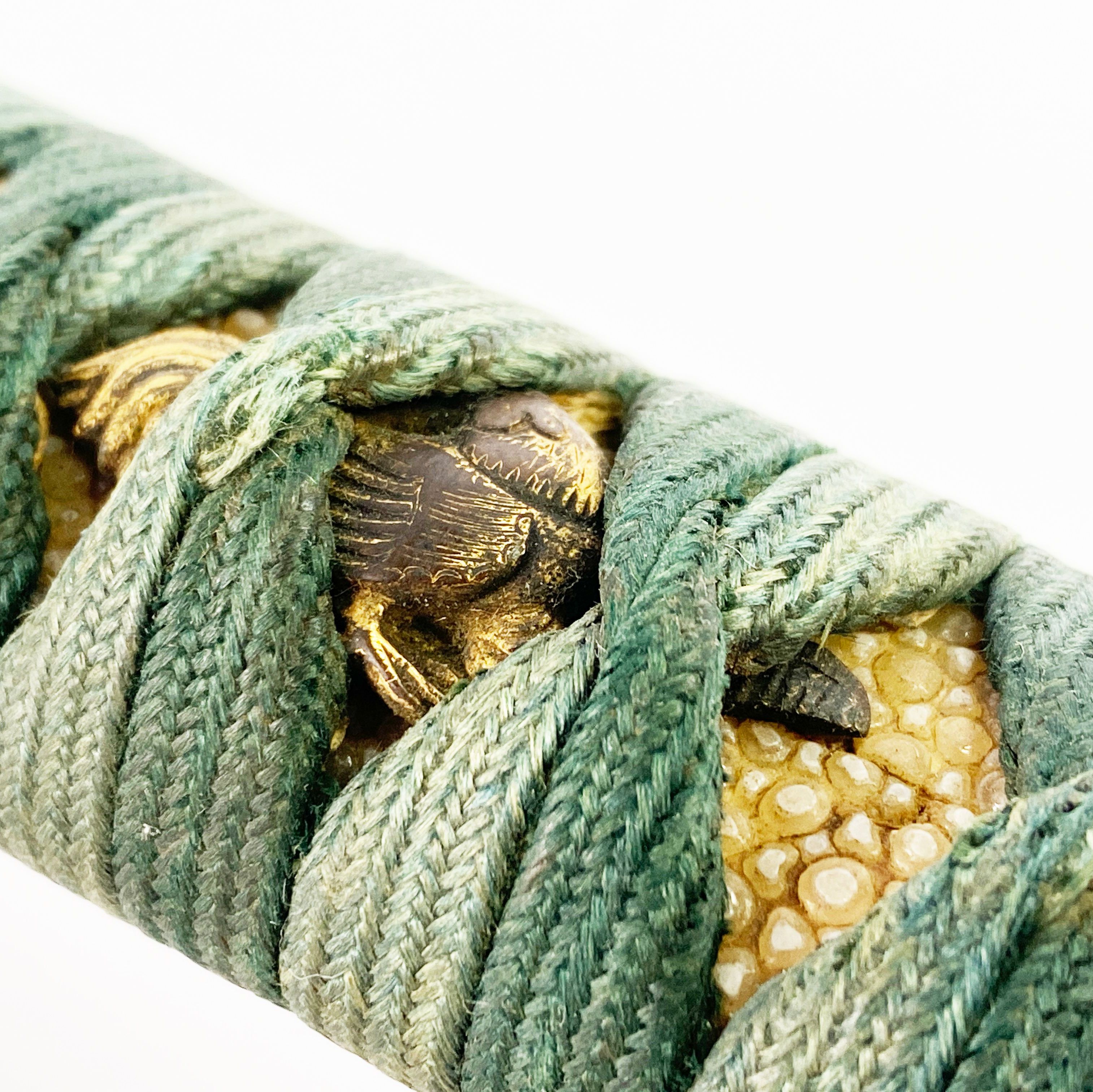

Different names for Japanese swords
The katana is similar to several other varieties of Japanese swords, such as the chisakatana (between 45 and 60 cm), which is a sort of shorter version of the katana.
Other examples include the chokuto, which looks like a straight katana, the dotanuki, which is thicker than most katanas, the o-katana, which is a particularly long katana (over 75 cm), and the uchigatana, one of the ancestors of the modern katana.
The Shin gunto is a specific version of the katana used by the Japanese military during the war period from the early 1930s to the end of the Second World War.
The myths surrounding the katana
The katana, the legendary sword of the samurai, is surrounded by tales of mysticism. Its manufacture was a sacred process, with blacksmiths, regarded as artists, working under the blessing of Shinto priests.
The weapon was not only for fighting, it also symbolized the soul of its bearer. These craftsmen were so renowned that they enjoyed a notoriety comparable to that of famous painters, such as Pablo Picasso or Vincent Van Gogh, in their own time and field.
Among the legends surrounding the katana, the tameshigiri occupies a special place. This test consisted in assessing the quality of the blade by making cuts on inanimate bodies, or even on living criminals.
Only master swordsmen with impeccable technique were allowed to perform this ritual. These trials reinforced the katana's reputation not only as a formidable weapon, but also as an object of almost supernatural power.
Thus, through these myths and practices, the katana still embodies honor and mastery, and remains an emblematic figure of feudal Japan.
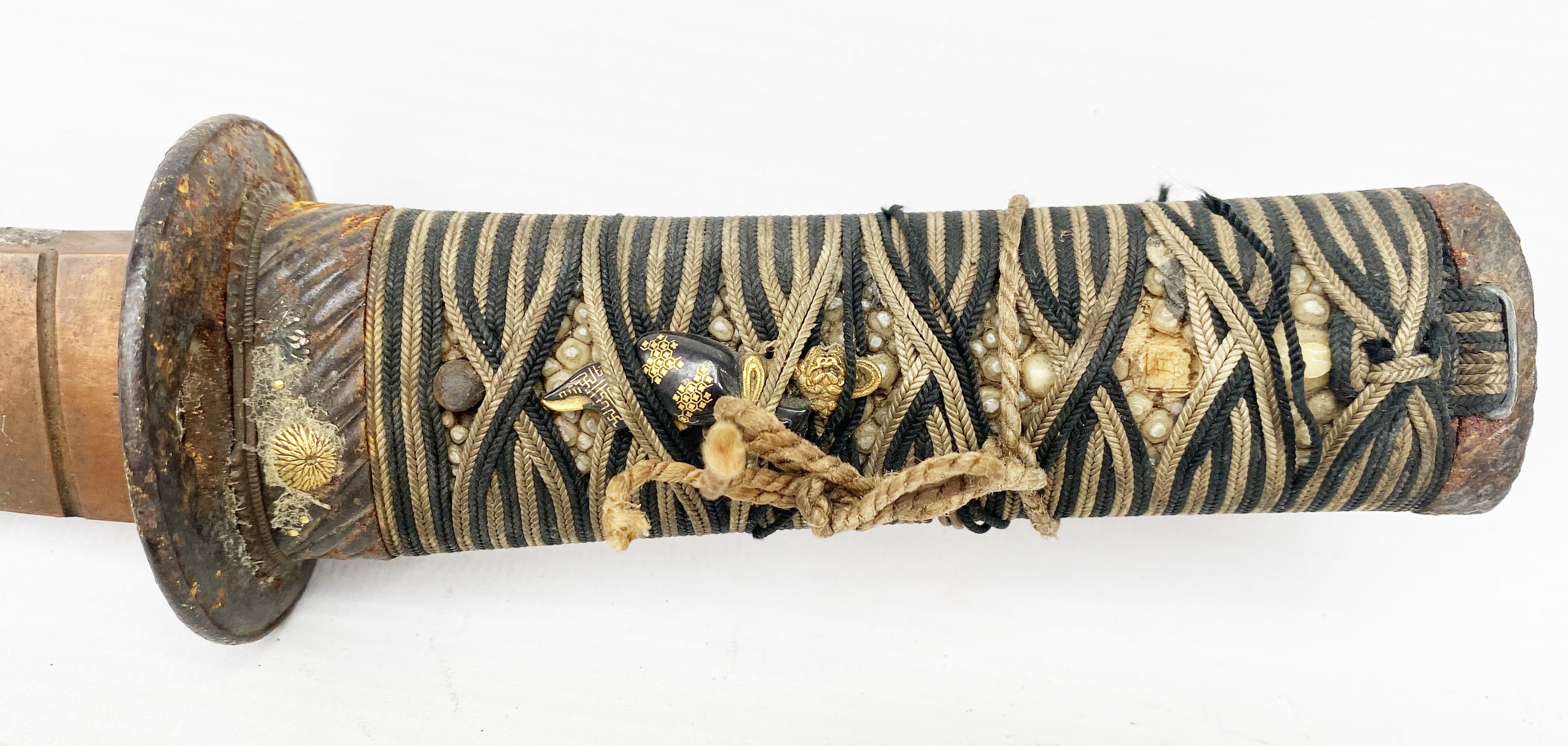
Manufacturing and market value
The making of a katana is an age-old art, which has survived the ages while retaining its aura of mystery. Each blade is the fruit of rigorous craftsmanship, in which each stage, from forging to polishing, is carried out with a precision that is the stuff of tradition.
Katanas forged during the Second World War, in particular, are now considered rare and sought-after.
In Japan, a few licensed master gunsmiths still perpetuate this art, although the production of genuine katanas remains strictly regulated. These weapons are now seen as objets d'art, more than mere tools of war.
On the art market, the value of a katana can vary significantly. Modern replicas, often mass-produced, can be sold at affordable prices, sometimes for a few hundred euros.
The same logic applies as for other collectors' weapons, including, for example hilted saberssabers hussar and cavalry sabers or Ist Empire sabers.
However, katanas forged by renowned masters such as Masamune or Muramasa are of a completely different scale.
These works, often held in private collections or classified as national treasures, can fetch staggering prices, reaching several hundred thousand euros at auction.
Beyond their material value, these rare and precious blades bear witness to the artistic genius of Japanese blacksmiths, and continue to fascinate collectors the world over.
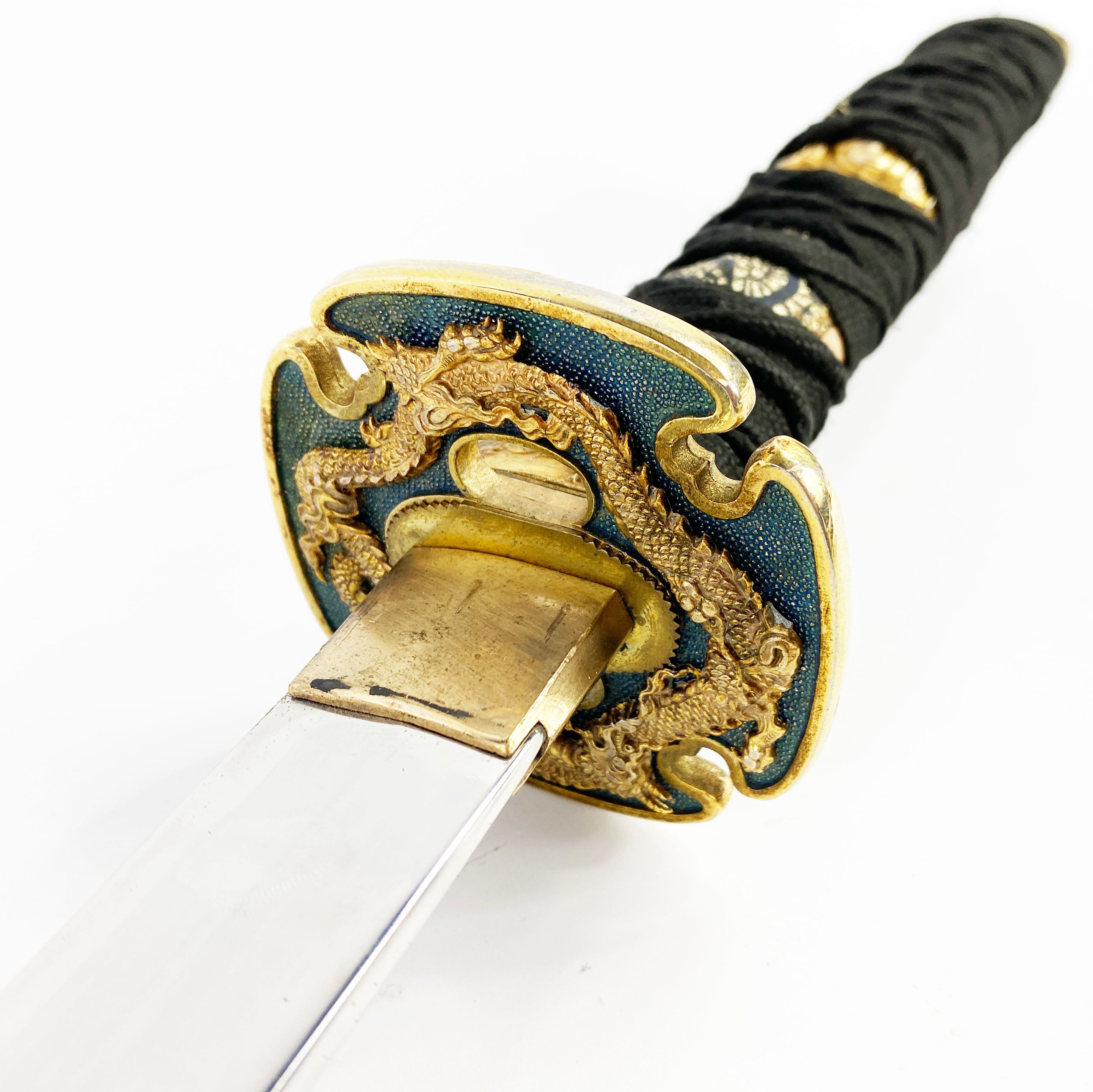
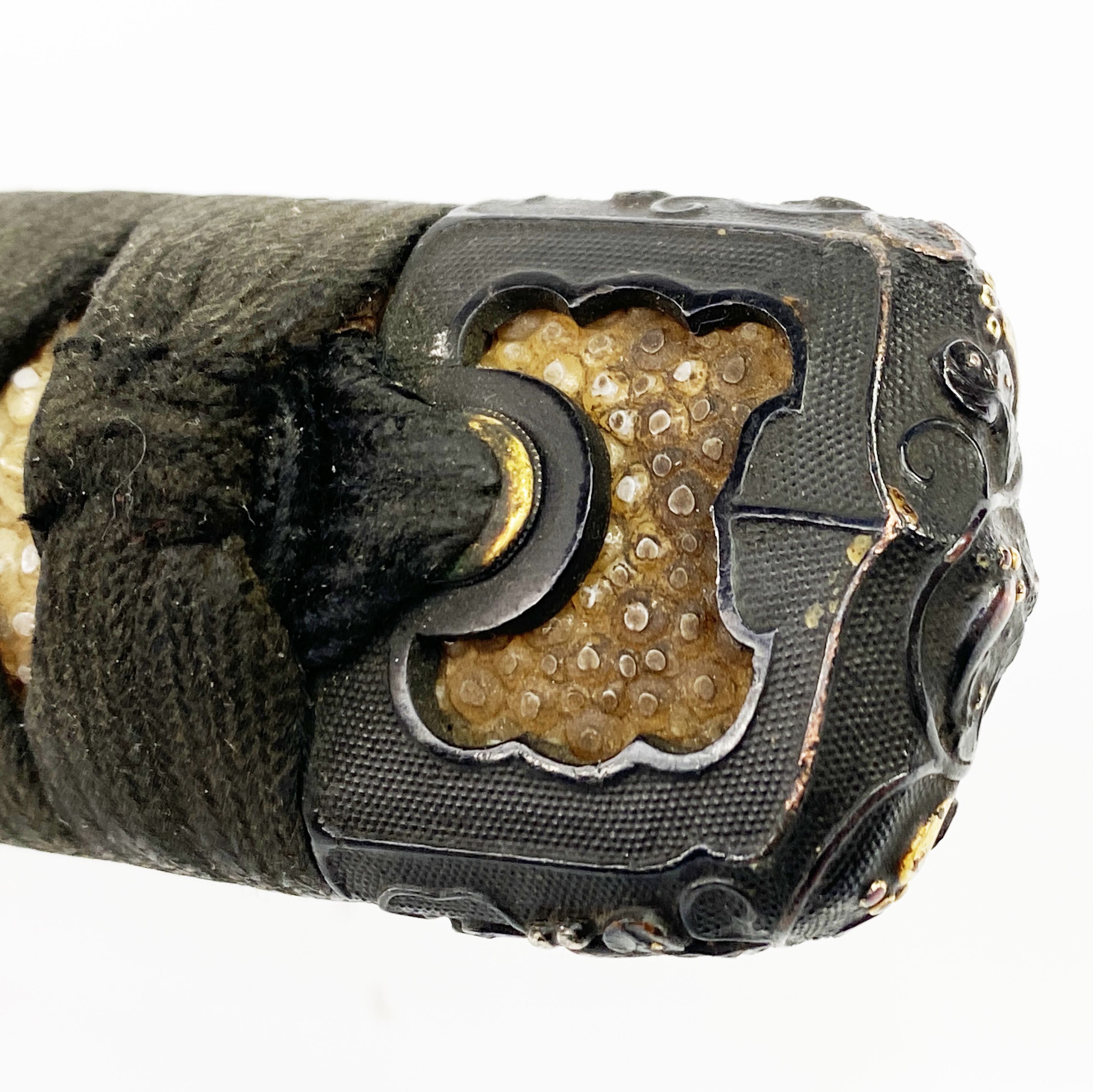
Useful information
Historic masterpieces are rarely sold today, as most are kept in museums or passed down through family inheritance. The sale of certain museum-quality katanas is prohibited by law due to their value.
However, antique samurai swords can fetch six-figure prices. In 1992, a 13th-century Nihonto sold for $418,000, the most valuable ever sold.
When buying a fully assembled katana, check the value of each element separately, as they may not match the quality or age of the blade. Individual elements can be acquired to reassemble a sword.
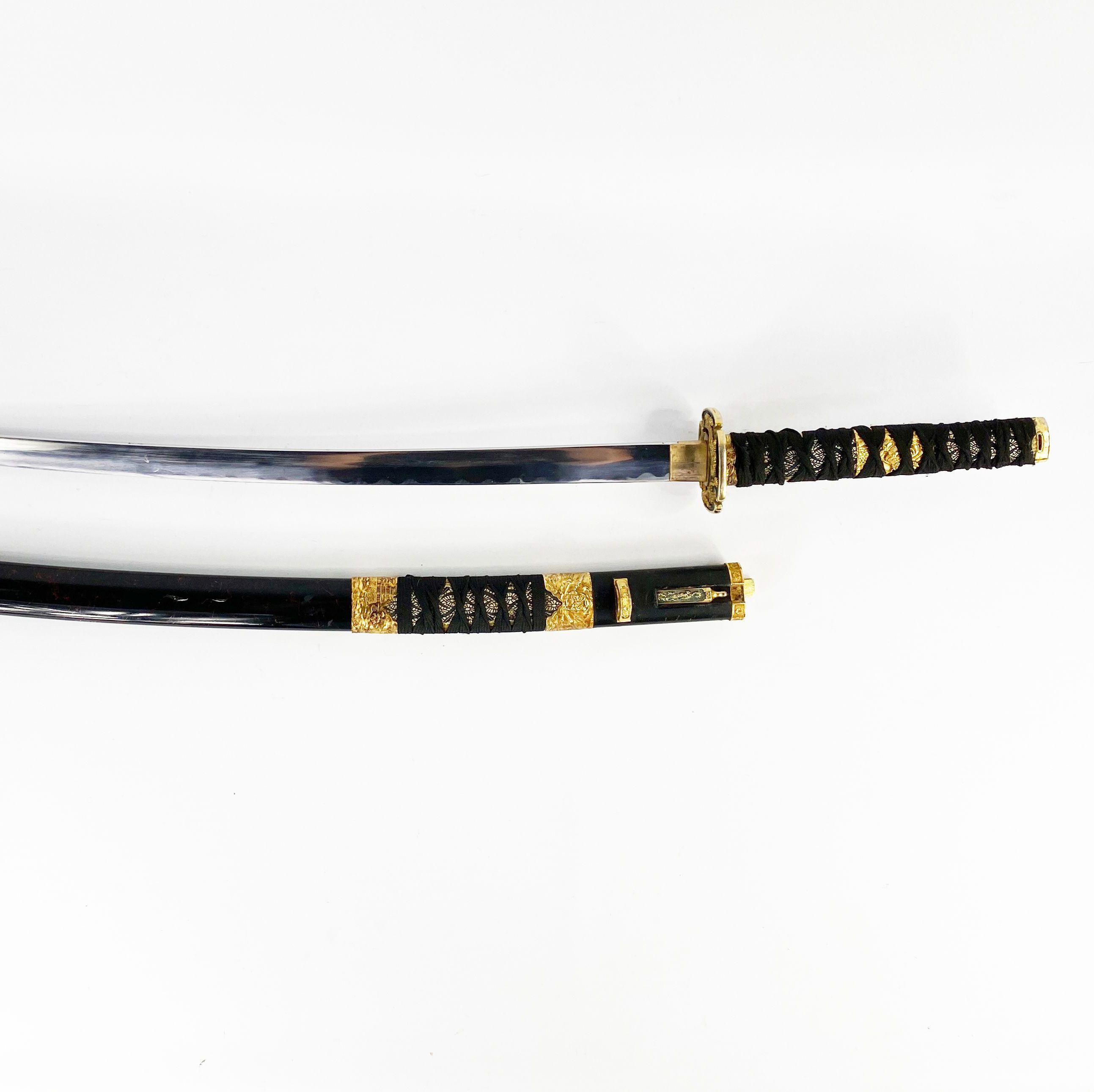

Response in less than 24h
Related topics
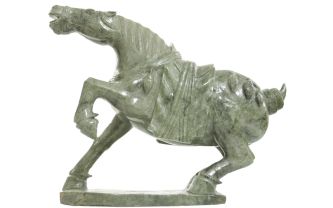
The value of jades, China's imperial symbol
Jade, this semi-precious stone, is increasingly sought-after and popular, and can fetch surprising prices. Free jade appraisal
Read more >
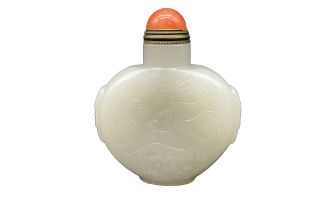
Get a free estimate of your Chinese jades
This precious mineral is rooted in a deep and complex history of Chinese civilization. But what is the value of Chinese jades?
Read more >
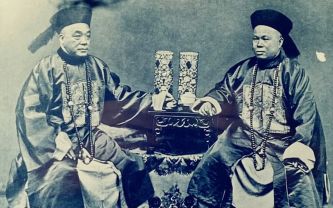
Get a free estimate for your Chinese, Asian,...
Chinese dresses are unique and fascinating pieces of art. To have them appraised by an impartial expert is fundamental.
Read more >
Secure site, anonymity preserved
State-approved auctioneer and expert
Free, certified estimates
